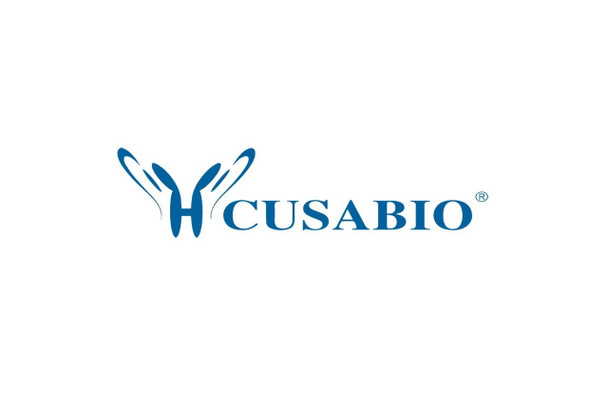Cusabio Human Recombinants
Recombinant Human Polyadenylate-binding protein-interacting protein 1 (PAIP1) | CSB-EP880930HU
- SKU:
- CSB-EP880930HU
- Availability:
- 13 - 23 Working Days
Description
Recombinant Human Polyadenylate-binding protein-interacting protein 1 (PAIP1) | CSB-EP880930HU | Cusabio
Alternative Name(s): Polyadenylate-binding protein-interacting protein 1(PABP-interacting protein 1)(PAIP-1)(Poly(A)-binding protein-interacting protein 1)
Gene Names: PAIP1
Research Areas: Epigenetics and Nuclear Signaling
Organism: Homo sapiens (Human)
AA Sequence: MSDGFDRAPGAGRGRSRGLGRGGGGPEGGGFPNGAGPAERARHQPPQPKAPGFLQPPPLRQPRTTPPPGAQCEVPASPQRPSRPGALPEQTRPLRAPPSSQDKIPQQNSESAMAKPQVVVAPVLMSKLSVNAPEFYPSGYSSSYTESYEDGCEDYPTLSEYVQDFLNHLTEQPGSFETEIEQFAETLNGCVTTDDALQELVELIYQQATSIPNFSYMGARLCNYLSHHLTISPQSGNFRQLLLQRCRTEYEVKDQAAKGDEVTRKRFHAFVLFLGELYLNLEIKGTNGQVTRADILQVGLRELLNALFSNPMDDNLICAVKLLKLTGSVLEDAWKEKGKMDMEEIIQRIENVVLDANCSRDVKQMLLKLVELRSSNWGRVHATSTYREATPENDPNYFMNEPTFYTSDGVPFTAADPDYQEKYQELLEREDFFPDYEENGTDLSGAGDPYLDDIDDEMDPEIEEAYEKFCLESERKRKQ
Source: E.coli
Tag Info: N-terminal 10xHis-tagged and C-terminal Myc-tagged
Expression Region: 1-479aa
Sequence Info: Full Length
MW: 61.0 kDa
Purity: Greater than 85% as determined by SDS-PAGE.
Relevance: Acts as a coactivator in the regulation of translation initiation of poly(A)-containing mRNAs. Its stimulatory activity on translation is mediated via its action on PABPC1. Competes with PAIP2 for binding to PABPC1. Its association with EIF4A and PABPC1 may potentiate contacts between mRNA termini. May also be involved in translationally coupled mRNA turnover. Implicated with other RNA-binding proteins in the cytoplasmic deadenylation/translational and decay interplay of the FOS mRNA mediated by the major coding-region determinant of instability (mCRD) domain.
Reference: "A mechanism for translationally coupled mRNA turnover: interaction between the poly(A) tail and a c-fos RNA coding determinant via a protein complex." Grosset C., Chen C.-Y.A., Xu N., Sonenberg N., Jacquemin-Sablon H., Shyu A.-B. Cell 103:29-40(2000)
Storage: The shelf life is related to many factors, storage state, buffer ingredients, storage temperature and the stability of the protein itself. Generally, the shelf life of liquid form is 6 months at -20?/-80?. The shelf life of lyophilized form is 12 months at -20?/-80?.
Notes: Repeated freezing and thawing is not recommended. Store working aliquots at 4? for up to one week.
Function:
Involvement in disease:
Subcellular Location:
Protein Families:
Tissue Specificity:
Paythway:
Form: Liquid or Lyophilized powder
Buffer: If the delivery form is liquid, the default storage buffer is Tris/PBS-based buffer, 5%-50% glycerol. If the delivery form is lyophilized powder, the buffer before lyophilization is Tris/PBS-based buffer, 6% Trehalose, pH 8.0.
Reconstitution: We recommend that this vial be briefly centrifuged prior to opening to bring the contents to the bottom. Please reconstitute protein in deionized sterile water to a concentration of 0.1-1.0 mg/mL.We recommend to add 5-50% of glycerol (final concentration) and aliquot for long-term storage at -20?/-80?. Our default final concentration of glycerol is 50%. Customers could use it as reference.
Uniprot ID: Q9H074
HGNC Database Link: N/A
UniGene Database Link: N/A
KEGG Database Link: N/A
STRING Database Link: N/A
OMIM Database Link: N/A






